43 m&m experiment
M&M Candy Experiment For Kids - Little Bins for Little Hands M&Ms are made of ingredients that can dissolve in water. They also do it quickly, so you have cool science right away. Dissolving candy is fun to test out with a variety of liquids and candies. Find out how different candies dissolve at different rates. Dissolving gumdrops also makes a colorful science experiment. Candy Science Fair Project: Do Some Colors of M&Ms Melt ... The chocolate in the center of an M&M candy more polar than its hard candy shell, so it absorbs microwaves and melts. The heat from the chocolate eventually weakens the candy shell, causing it to crack. If you noticed that certain colors of M&M's cracked sooner than others did, it may be because the food coloring used in those colors created ...
DOC M & M EXPERIMENT (yum ) M & M EXPERIMENT (yum () Name Student sample. Equipment: M & M's, Cup to shake M & M's, Graphing calculator and link to computer. Procedure: Put the M & M's into a cup. Shake them a little and pour them out. Remove the M & M's with the white M facing up. Record your findings below in the chart. Calculate the percent change of remaining M & M's.

M&m experiment
Michelson-Morley experiment - Wikipedia The Michelson-Morley experiment was an attempt to detect the existence of the luminiferous aether, a supposed medium permeating space that was thought to be the carrier of light waves. The experiment was performed between April and July 1887 by American physicists Albert A. Michelson and Edward W. Morley at what is now Case Western Reserve University in Cleveland , Ohio , and published in November of the same year. PDF Pd: M&M Lab - Monadnock Regional High School M&M Lab Introduction A scientific method is a way to think about problems and a way to solve problems. Scientists do not always follow the steps of the scientific method in order. However after a problem is solved, a ... Experiment. 5. Record and analyze data. (may include further experiments) 6. Communicate conclusions. Floating M M&M Candy Science Experiment - Mombrite The Science Behind the Floating "m" of the M&M Experiment. The colored dyes on the shell of the M&Ms are water-soluble. Meaning, they are able to dissolve in water. The hard shell and the edible paper "m," however, are not water-soluble. As a result, after the colored dyes have dissolved, the hard shell and the "m" separated from the chocolate and floated in the water.
M&m experiment. How to do the floating M&Ms science experiment - YouTube Have you seen what happens to M&Ms when you put them in a bowl of water? This fun science experiment for kids will reveal something amazing. A simple kitche... Dissolving M&Ms - American Chemical Society Let's find out! 1. Label your three cups water, alcohol, and oil. 2. Add 1 tablespoon of water, isopropyl alcohol, and oil to its labeled cup. 3. Take three M&Ms of the same color and put one in each cup. 4. Swirl each cup for about 20 seconds to see if one liquid is better than another at dissolving the candy coating. M&M Candy Experiment | U.S. Geological Survey M&M Candy Experiment Supplies: M&Ms. Bowl of water. That's it! Put a couple M&Ms in the water with the M side up and observe what happens. M&M's are made of colored sugar that dissolves easily in water. The M is made out of more than just sugar so it doesn't dissolve as quickly. Eventually you will see the M float away from the candy! Fun with M & M's - Chemical Education Xchange Fun with M & M's. I came across a simple, yet interesting experiment that was first described by Elizabeth Sumner Walter in 2001. She merely had students pour water into a dish containing some Gobstoppers candies. I showed this experiment to some of my college chemistry students while they were working on a different laboratory experiment.
M&M Half-Life In this lab, you will experiment with a half-life model in which M&M candies represent radioactive atoms. The imprinted "M" on each candy represents whether the atom has become stable or not. Students place the candies "M"-side down in a box, shake them, and then count the number of "changed" atoms. The graphs that students produce also make ... Candy Science for Kids: M&M Experiment - Coffee Cups and ... M&M Candy Experiment Supplies: M&Ms; Bowl of water; That's it! Put a couple M&Ms in the water with the M side up and observe what happens. We talked about how the coating on the M&M was made of colored sugar that dissolves easily in water. It was very interesting to see which colors started to dissolve and spread first. M&M science rainbow {STEAM for kids} - Gift of Curiosity To make an M&M science rainbow, you will need the following materials: M&Ms. Plate. Water. I started by putting some M&Ms onto a plate. My kids arranged the M&Ms in a large circle at the outside edge of the plate. It's a bit hard to see in the picture below, but the next step is to gently add enough water to the middle of the plate until the ... M&M's and the Scientific Method Data Analysis. Using the data from the class, the teacher is able to address the idea of variance in data. To follow up the teacher asks—From our data, what would be an accurate way to determine the number of M&M's in a random bag I pick up at the grocery store?The average of the numbers provides an accurate description of the number of M&M's in a randomly chosen bag.
Floating M&M's Science Experiment - The Teacher's Corner some M&M's candy. water. Put about an inch or two of warm water into the bowl. Select several candies that have nice, clear "M"s on them. Place them, M side up, in the water. Now watch carefully. Quickly, the candy coating starts to dissolve and the colors settle to the bottom around the candy. The M&M Experiment - MisadventuresofanAlaskanHousewife The M&M Experiment. There has been a lot of fighting among my children lately. Nothing too dramatic, but they've been picking at each other, tattling on each other and trying to get others in trouble and it seriously diminishes the peace in our home. One night last week before I fell asleep, I was thinking about how it has been frustrating to ... PDF Period 4 Science September 12, 2011 M&M Colors Experiment The purpose of this experiment is to find out how many M&M's occurred in each bag, and weather the color mix deviates from bag-to-bag. Background Information This experiment is to test the amount of M&M colors in a bag, and to find out how the color mix deviates from bag-to-bag. According to Mars, the company that makes M&Ms, they consist of 30% Floating M Candy Science Experiment for Kids Candy STEM The magic floating m! Have you ever tried it? The classic floating m candy science experiment is easy and fun for kids of all ages. Explore water solubility with this dissolving candy science activity. Also fun is the classic skittles science experiment! We have videos for both great candy science experiments.
M&m Experiment Worksheets & Teaching Resources | TpT Scientific Method // M&M Experiment. This is a formally written lesson plan for a science lesson that teaches the Scientific Method. Student's follow the steps of the scientific method to find out what happens when and M&M is placed in water (It melts but something else happens as well! :) ).
M&M Model for Radioactive Decay - Activity Collection This is a relatively easy and fun demonstration for a smaller class. So that you (and the students) can keep count of the number of "decayed" M&M's, tell the students not to eat the decayed atoms right away. When the experiment is finished they may eat their radioactive atoms.
M&M Math | Science Project
M&M's Science - Crazy Science (Rainbow) - YouTube Hi everyone!!!! In today's video I show you crazy experiment everyone should know.I love doing Crazy science experiment. This M&M's candy science experiment...
Instruction Sheet - M&M Experiment Lesson Page M&M Experiment. Instruction Sheet. Description. You are going to conduct some market research about M&M's. First, you will sort and classify the contents of several bags of M&M's, summarize your findings on a worksheet created in Excel, convert the numbers into charts, and make predictions about color distribution in other bags of candy.
PDF Chapter 3 Lab: The M&M Experiment - De Anza College 3. Put the M&M's in a cup and conduct the experiment of picking 2 M&M's, one at a time, with replacement. Do NOT look at them as you pick them. Repeat this experiment 23 more times. Remember, each experiment starts with N M&M's in the cup. Record the result of each experiment below. With Replacement ( , ) ( , )
M&M Candy Rainbow Science Experiment for Kids This M&M Rainbow Candy Science Experiment is a simple science activity for kids to do at home. You can use candy to conduct science experiments with kids at home or in the classroom. They will have fun making patterns and watching the colors. This activity is perfect for preschool children!
M&M Rainbow Science Experiment - A Dab of Glue Will Do The Science Behind The M&M Rainbow Science Experiment: The chocolate inside of M&M's are covered by a hard, crunchy shell that is made up of sugar and different colored dye. When the warm water mixes with the sugary shell, the sugar dissolves and the different colored dye begins to run and blend. This M&M Rainbow Science Experiment is one of my students' favorite activities all year long. They love to learn and watch how sugar dissolves and colors mix.
EXPERIMENT COLORFUL M&M CANDY VS MEAT GRINDER - YouTube COLORFUL M&M CANDY EXPERIMENT VS MEAT GRINDER #experiment #meatgrinder #candy
PDF M&M Experiments - Aim Academy Online 1. Arrange M&M's in a circle near the edge of a glass or plastic plate. 2. Carefully, so you don't disturb the M&M's, pour warm water into the middle of the circle of M&M's. 3. Pour enough to come into contact with the circle of M&M's. 4. Watch as a rainbow of color begins to form! EXPLANATION: The candy coating of the M&M is made of sugar and colored dye.
Floating M M&M Candy Science Experiment - Mombrite The Science Behind the Floating "m" of the M&M Experiment. The colored dyes on the shell of the M&Ms are water-soluble. Meaning, they are able to dissolve in water. The hard shell and the edible paper "m," however, are not water-soluble. As a result, after the colored dyes have dissolved, the hard shell and the "m" separated from the chocolate and floated in the water.
PDF Pd: M&M Lab - Monadnock Regional High School M&M Lab Introduction A scientific method is a way to think about problems and a way to solve problems. Scientists do not always follow the steps of the scientific method in order. However after a problem is solved, a ... Experiment. 5. Record and analyze data. (may include further experiments) 6. Communicate conclusions.
Michelson-Morley experiment - Wikipedia The Michelson-Morley experiment was an attempt to detect the existence of the luminiferous aether, a supposed medium permeating space that was thought to be the carrier of light waves. The experiment was performed between April and July 1887 by American physicists Albert A. Michelson and Edward W. Morley at what is now Case Western Reserve University in Cleveland , Ohio , and published in November of the same year.


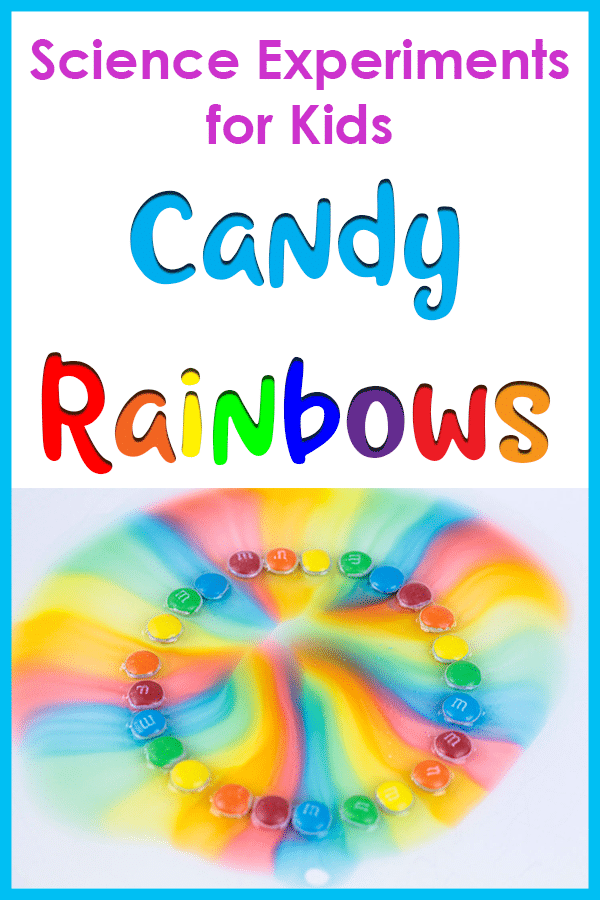

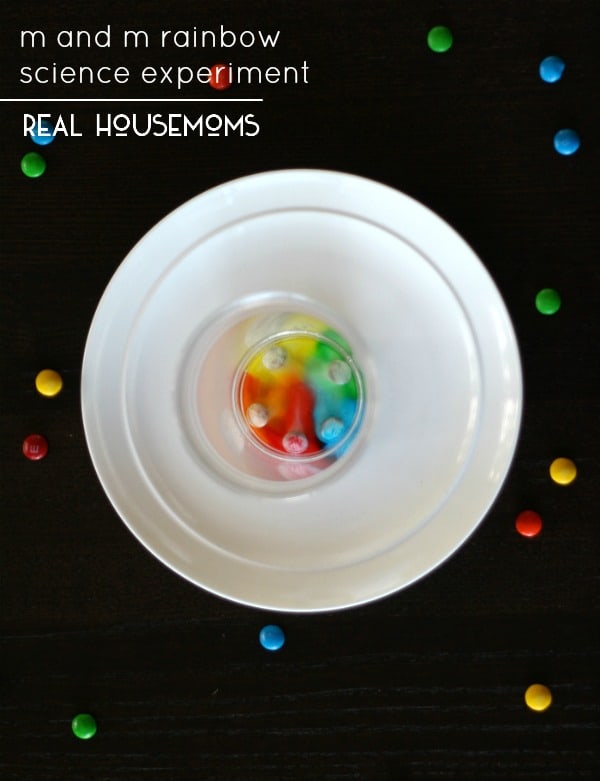

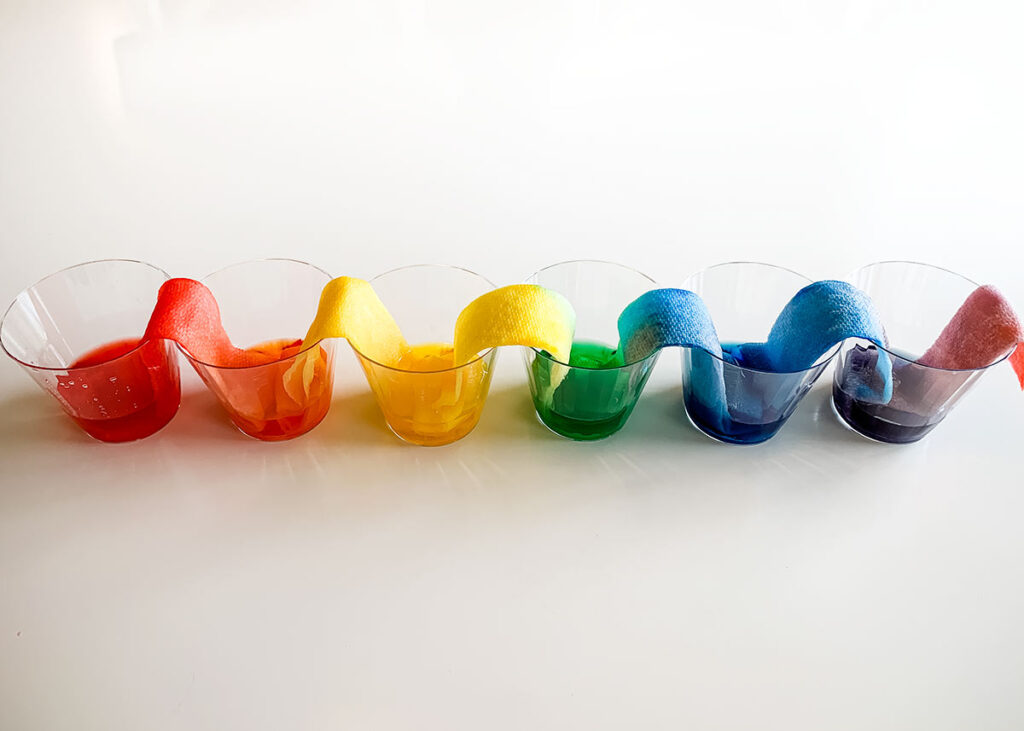


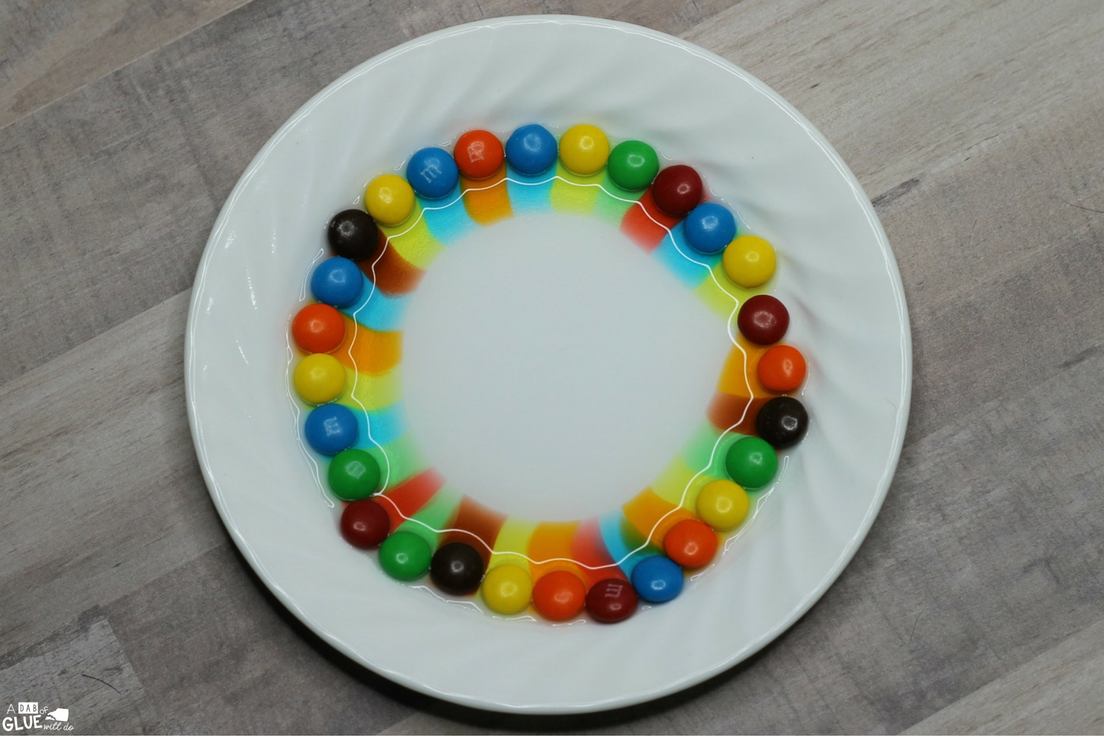
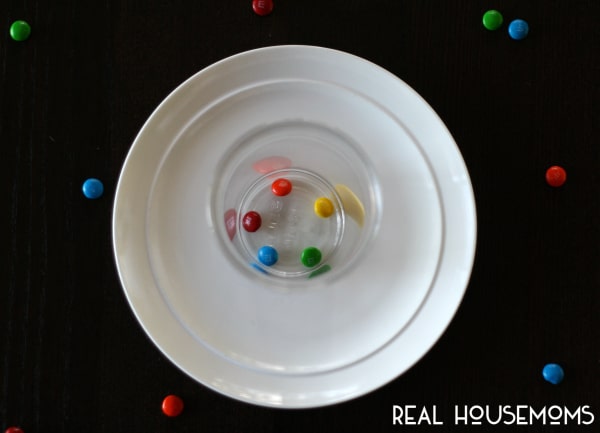








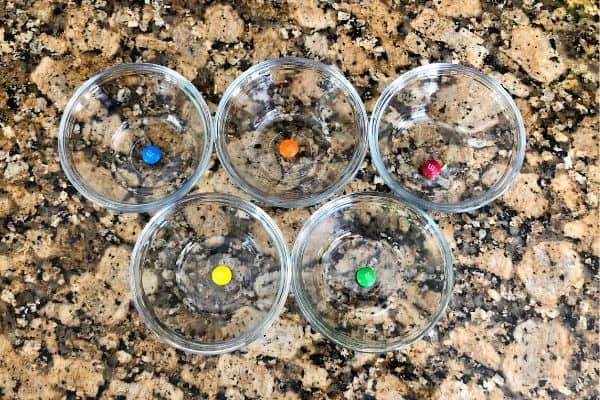

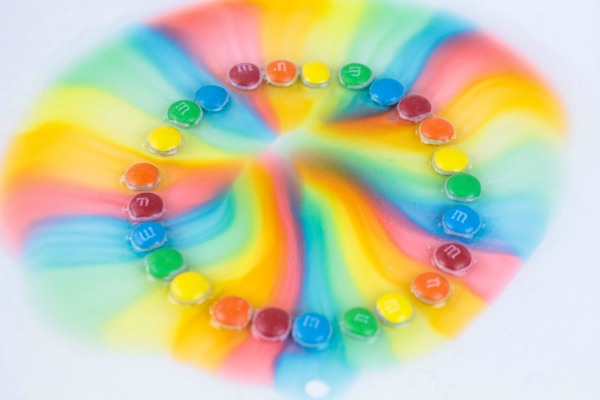
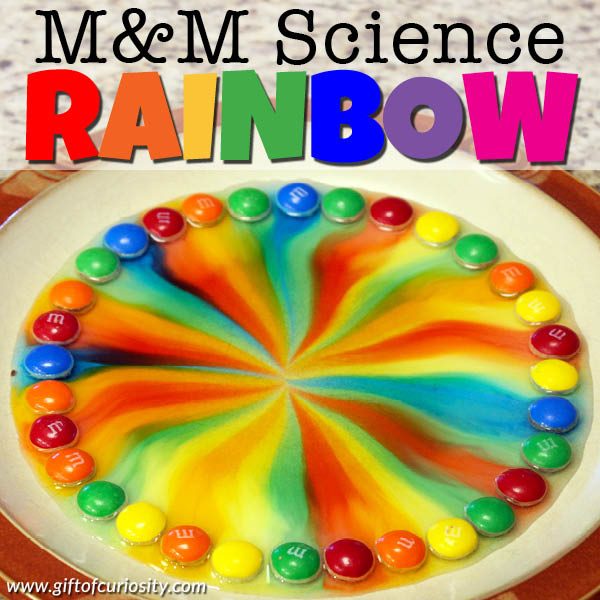




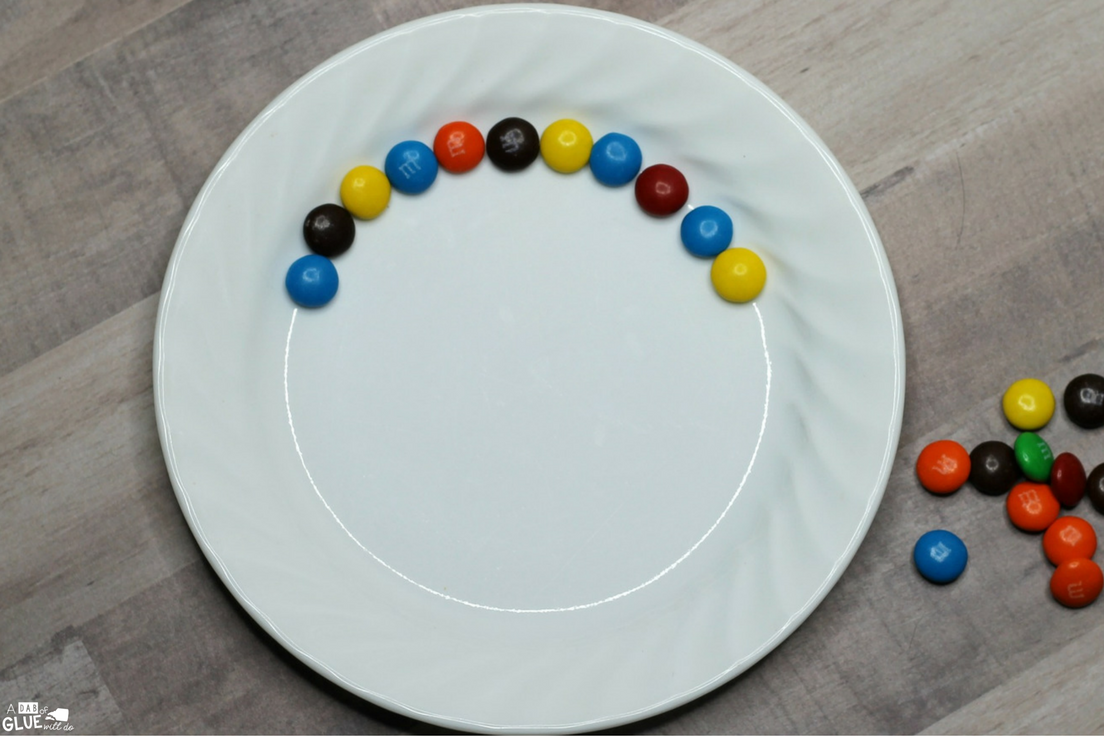












0 Response to "43 m&m experiment"
Post a Comment